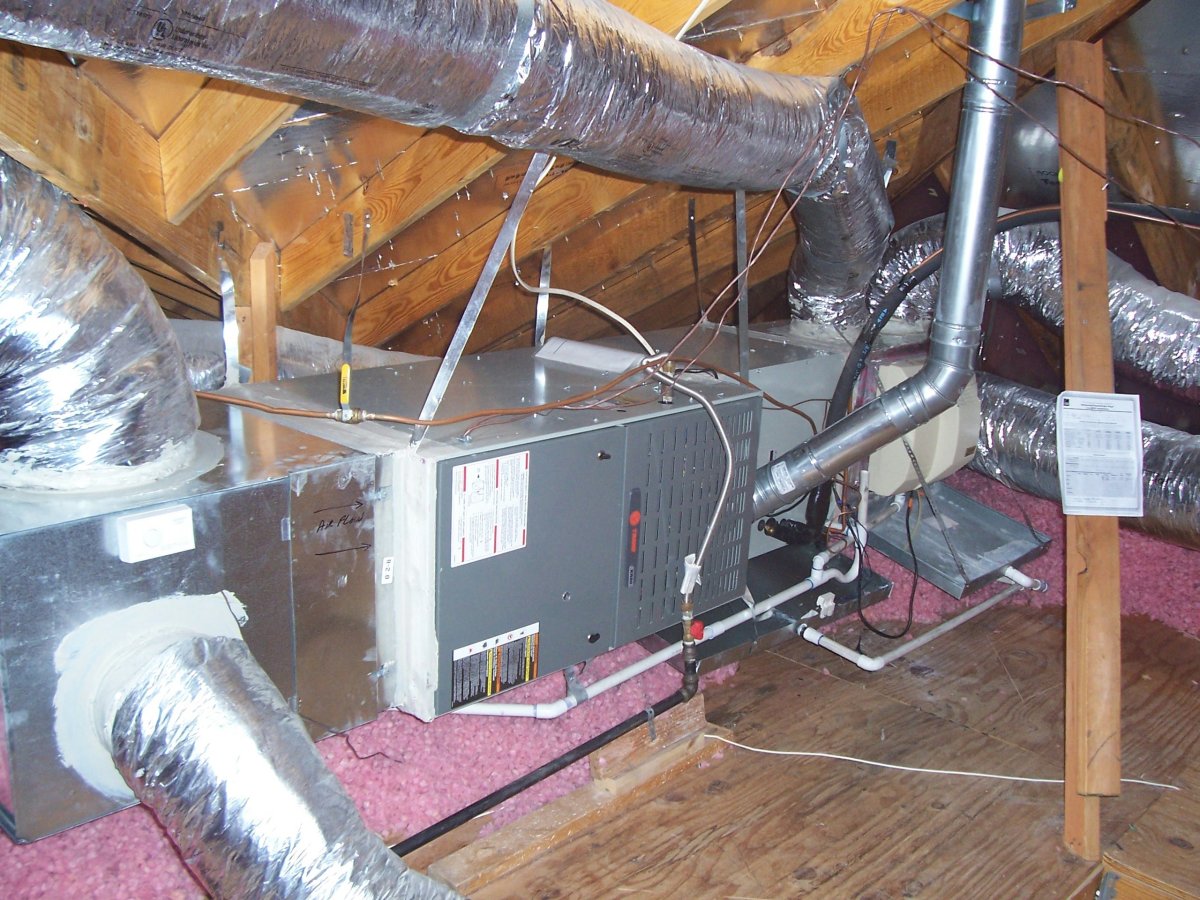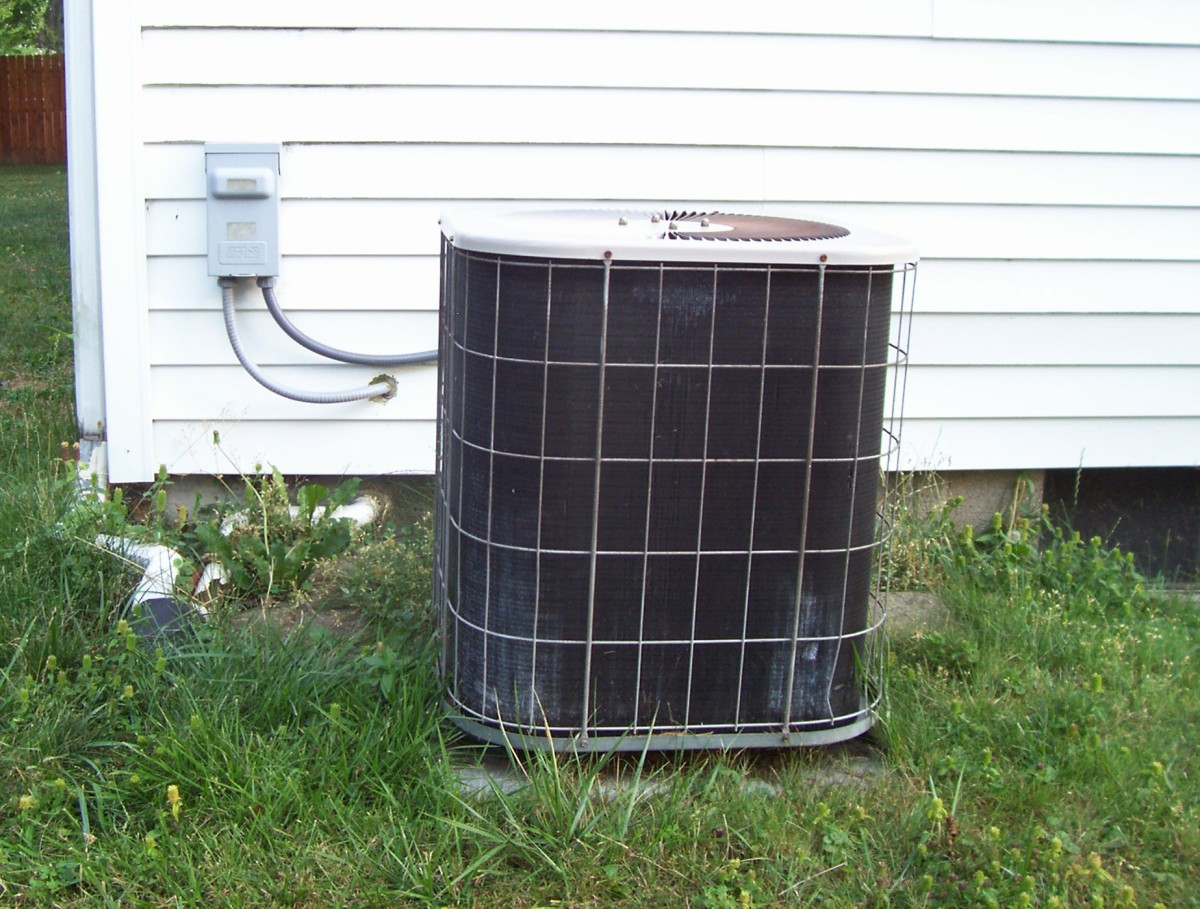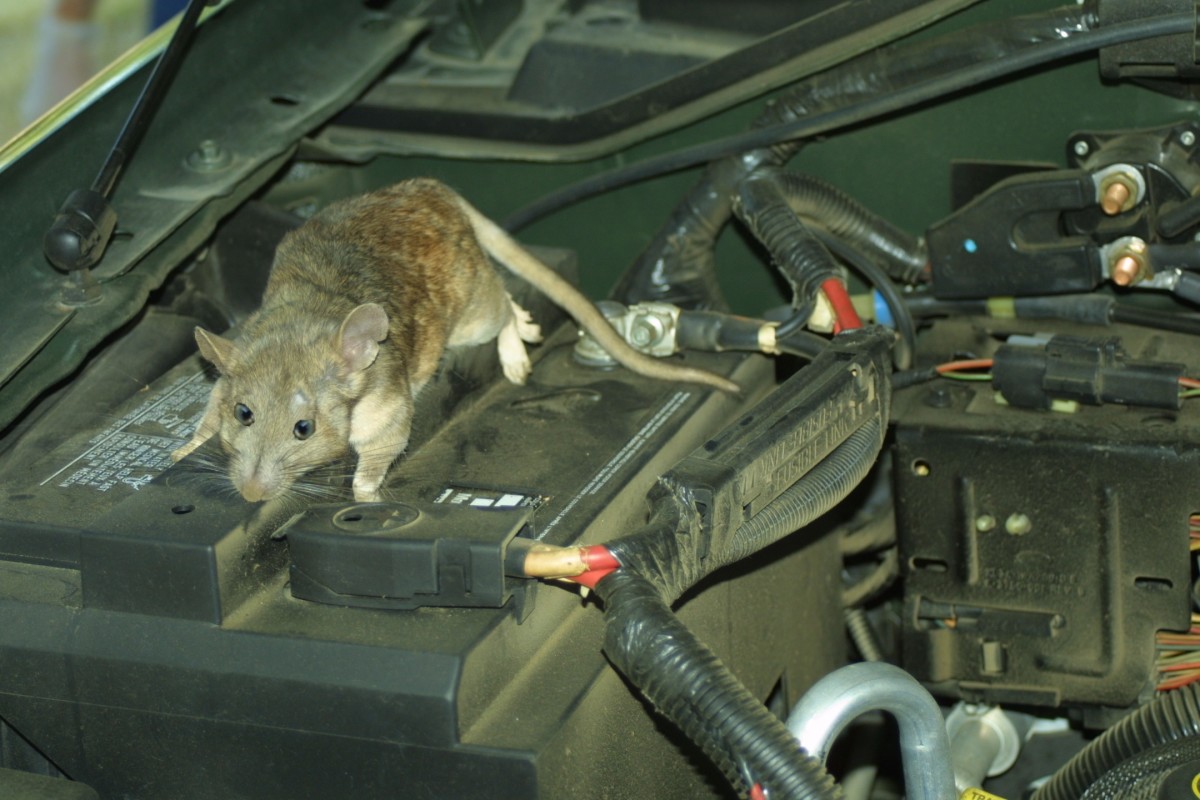Know About Car Air Conditioning System
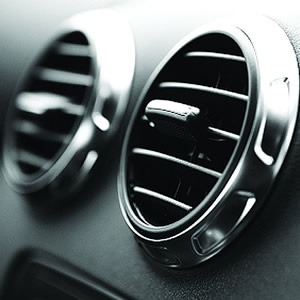
Air Conditioning System
The air conditioning system is used to keep the occupants inside the car’s cabin comfortable during hot weather. It conditions the temperature of the air inside and also removes the humidity from it which decreases its temperature according to the condition of the air. The system used in modern automobiles is called Heating, Ventilating and Air Conditioning System or HVAC. It can cool the cabin during summers, keep it warm during winters and can also remove the humidity from the air inside.
The air conditioning system comprises of a compressor, a condenser, an evaporator and an expansion valve. Cooling is provide by a substance known as refrigerant which is circulated in the lines or tubing connecting all the above mentioned components. The refrigerant delivers the cooling effect to the air which is then forced into the car cabin through vents by some means.
The components of the AC system and their functions are as follows:-
1. Compressor - It compresses the refrigerant and increases its pressure and converts itinto gaseous form.
2. Condenser – The condenser converts the high pressure gaseous refrigerant from the compressor into high pressure liquid refrigerant.
3. Expansion Valve – The expansion valve decreases the pressure of the liquid refrigerant from the condenser by allowing it to expand.
4. Evaporator – The evaporator vaporizes the liquid refrigerant from the expansion valve and converts it into gas again. This is where the refrigerating or cooling effect is obtained from the refrigerant.
5. Drier or Accumulator – The drier ensures that no liquid trace enters the compressor during the cycle because it can damage the compressor. It has a substance known as desiccant which absorbs the liquid trace. It also filters any sort of gunk.
AC system components
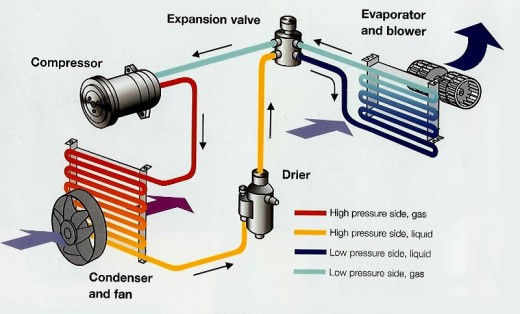
The same cycle continues over and over again.
The front of the car is fitted with a grille which has tiny fins much like the radiator grille. This is the condenser. There may or may not be a condenser fan for directing outside air onto the grille. The condenser receives the high pressure refrigerant in gaseous form from the compressor. As air passes over it, the refrigerant gives away its heat to the air and gets condensed. This condensed high pressure liquid refrigerant is then passed to the drier/accumulator where it gets accumulated and filtered. It then passes to the thermal expansion valve. The expansion valve expands it and decreases its pressure up to the evaporator pressure. This process is also called throttling. The low pressure liquid refrigerant is passed to the evaporator. The evaporator also has tiny fins and coils like the condenser and is placed opposite the condenser in front of the cabin. By the time the refrigerant arrives at the evaporator it becomes supercooled. When it passes through the evaporator, it comes in contact with the air surrounding the coils and there is a heat exchange process. The refrigerant takes away the heat from the air and makes it chilled. The refrigerant in turn vaporizes and comes into the gaseous state. The chilled air is forced into the car cabin by a motor driven blower which passes it through the AC vents in the dashboard. The low pressure gaseous refrigerant from the evaporator is passed to the compressor where it is compressed or pressurized. The compressor is driven by the engine shaft via a belt and a pulley. The refrigerant after being pressurized inside the compressor gets heated up and is again passed to the condenser. The compressor also features an electrically operated clutch which can turn it on or off as per demand of cool air.
The tubing used in the AC system has seals at every junction and pressure sensors are also installed to measure and maintain the correct pressure values. The sensors also warn against any possible leaks.
Refrigerants used:
Earlier R-12 refrigerant popularly known as Freon 12 was used in all automobile air conditioning systems. Due to environmental concerns and its possible involvement in the depletion of the Ozone layer, its use was discontinued. Also, servicing of such systems required a special license. Nowadays in modern automobiles, the refrigerant R-134a is used which is slightly less efficient but harmless.
Generic car air conditioning layout
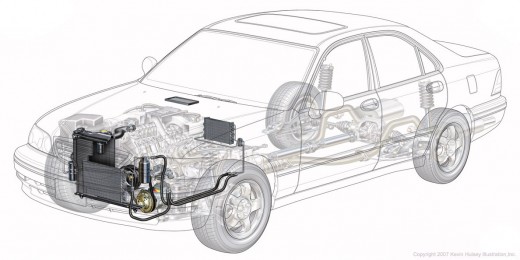
- Understanding the working of ABS
We come across the term Anti-Lock Braking System or more popularly ABS in modern cars. So what's special about this technology, how it works and how can it possibly be a life saver. - How to keep your computer fast and clean
Simple tips to give you trouble free computing

